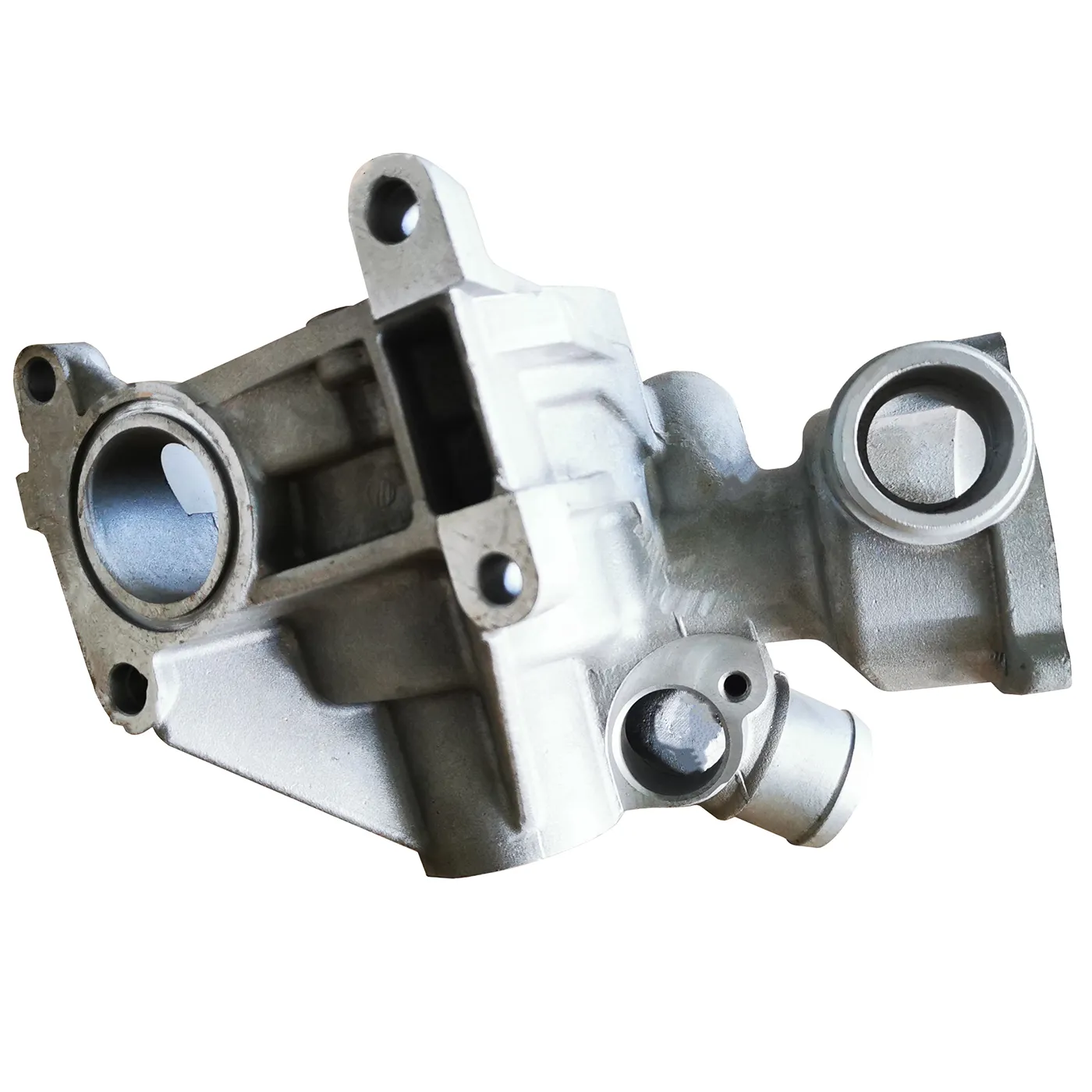Mobile:+86-311-808-126-83
Email:info@ydcastings.com
The Process and Benefits of Aluminum Casting Dies in Modern Manufacturing
Aluminum Casting Die An Essential Component in Manufacturing
Aluminum casting has become one of the most vital processes in modern manufacturing, particularly due to the metal's excellent properties such as lightweight, corrosion resistance, and mechanical durability. At the heart of this process is the aluminum casting die, a crucial tool that shapes the molten aluminum into the desired final product. This article delves into the significance of aluminum casting dies, their types, manufacturing processes, and the considerations involved in their design.
Understanding Aluminum Casting Dies
A casting die is essentially a mold used to form aluminum into specified shapes and designs. It is typically made from materials that can withstand high temperatures and pressure, as molten aluminum is poured into the die at temperatures ranging from 660 degrees Celsius to over 700 degrees Celsius. The rapid cooling and solidification process enables manufacturers to create intricate designs with high precision.
Types of Aluminum Casting Dies
There are several types of aluminum casting dies, each tailored to different applications and manufacturing methods. The most commonly used types include
1. Permanent Molds These are made of metal and can be reused multiple times, making them cost-effective for high-volume production. They are particularly suitable for producing simple and uniform shapes. 2. Sand Molds Made from sand mixed with a binder, sand molds are versatile and can be used for both low and high production volumes. They are often used for complex shapes that would be difficult to achieve with permanent molds. 3. Die Casting Molds In die casting, molten aluminum is injected into the mold under high pressure. This method allows for the production of parts with exceptional dimensional accuracy and a smooth surface finish.
Manufacturing Process of Aluminum Casting Dies
The manufacturing of aluminum casting dies involves several key steps
1. Design Utilizing CAD software, engineers design the die according to the specifications of the final product. The design phase is crucial, as it determines the functionality, precision, and ease of use of the die.
aluminum casting die

2. Material Selection The right material is selected to ensure durability and heat resistance. Common materials for dies include tool steels and high-grade aluminum alloys.
3. Machining After the die is designed and the material chosen, machining processes such as milling, grinding, and EDM (Electrical Discharge Machining) are employed to create the die's intricate cavity.
4. Heat Treatment Once the die is shaped, it undergoes heat treatment to enhance its hardness and resistance to wear.
5. Quality Control The completed die is thoroughly inspected for defects and precision to ensure it meets stringent manufacturing standards.
Considerations in Die Design
Designing an effective aluminum casting die requires careful consideration of several factors, including
- Thermal Conductivity The die must exhibit good thermal conductivity to facilitate efficient cooling and solidification of molten aluminum. - Draft Angles Incorporating appropriate draft angles is essential to facilitate the easy removal of cast parts from the die without damaging them. - Maintenance and Wear Designers must account for wear over time, ensuring that the die can withstand repeated use and demanding processes.
Conclusion
Aluminum casting dies are indispensable in the manufacturing sector, enabling the production of complex and precise aluminum parts. As industries continue to evolve, the development and innovation of casting dies play a crucial role in enhancing production efficiency and product quality. Understanding the intricacies of aluminum casting dies not only supports manufacturers in optimizing their processes but also paves the way for advancements in engineering and design.
-
Why Should You Invest in Superior Pump Castings for Your Equipment?NewsJun.09,2025
-
Unlock Performance Potential with Stainless Impellers and Aluminum End CapsNewsJun.09,2025
-
Revolutionize Your Machinery with Superior Cast Iron and Aluminum ComponentsNewsJun.09,2025
-
Revolutionize Fluid Dynamics with Premium Pump ComponentsNewsJun.09,2025
-
Optimizing Industrial Systems with Essential Valve ComponentsNewsJun.09,2025
-
Elevate Grid Efficiency with High-Precision Power CastingsNewsJun.09,2025











